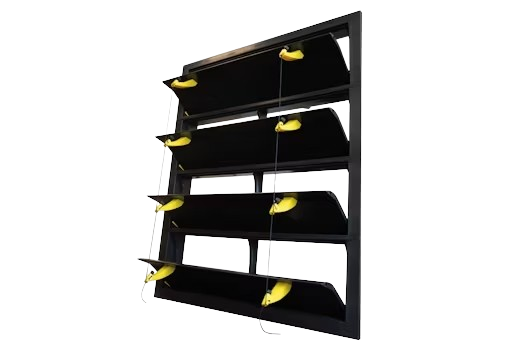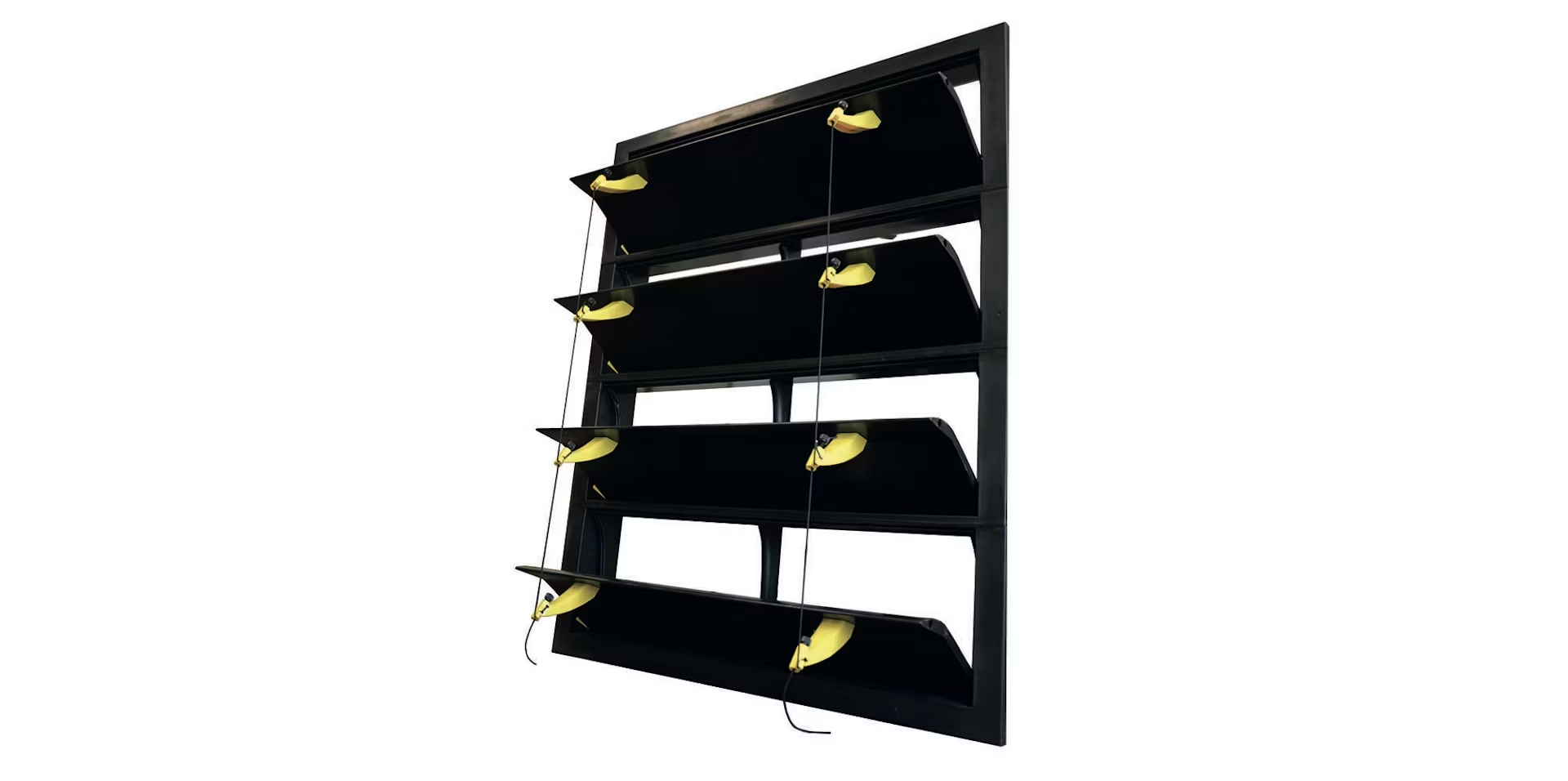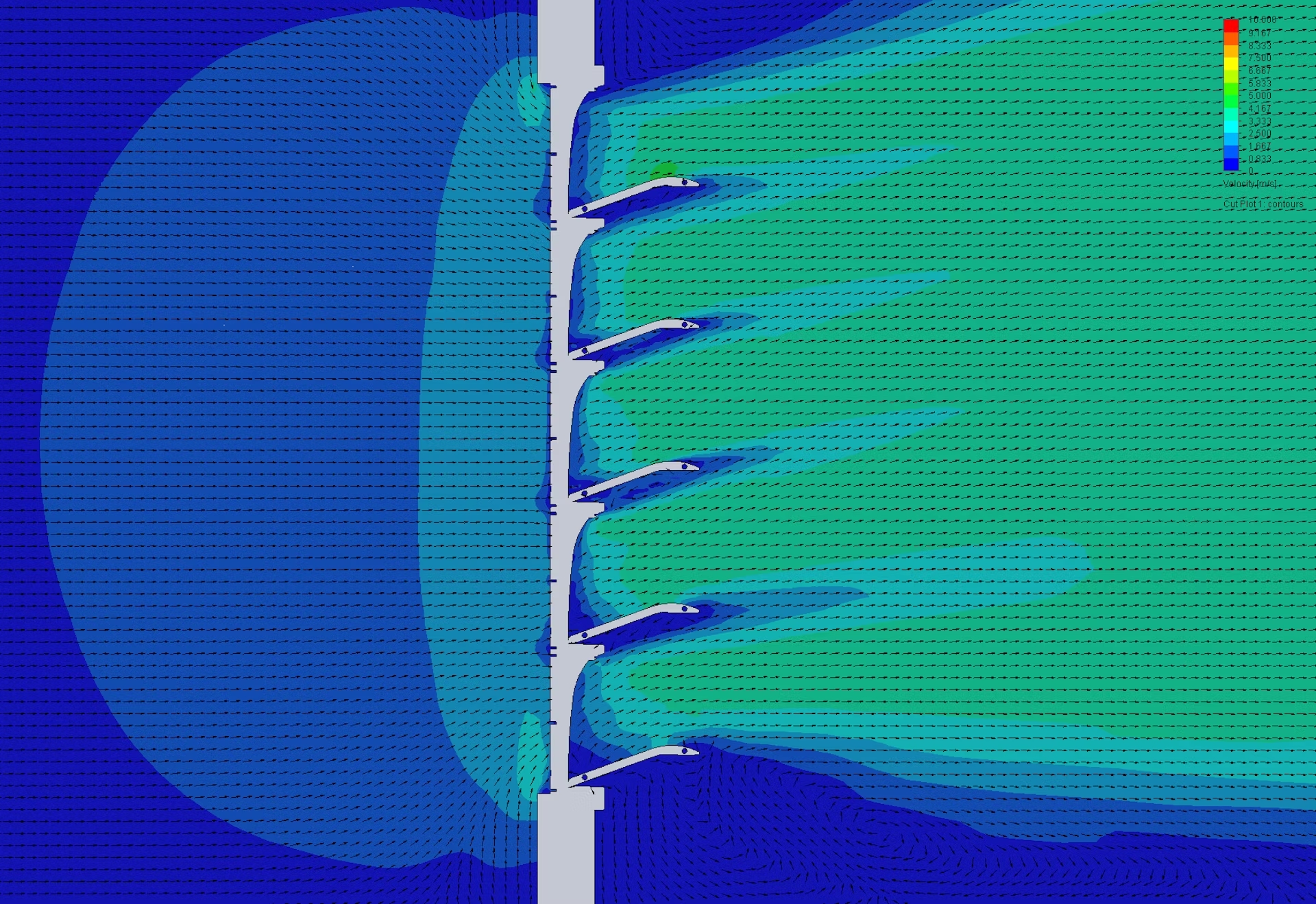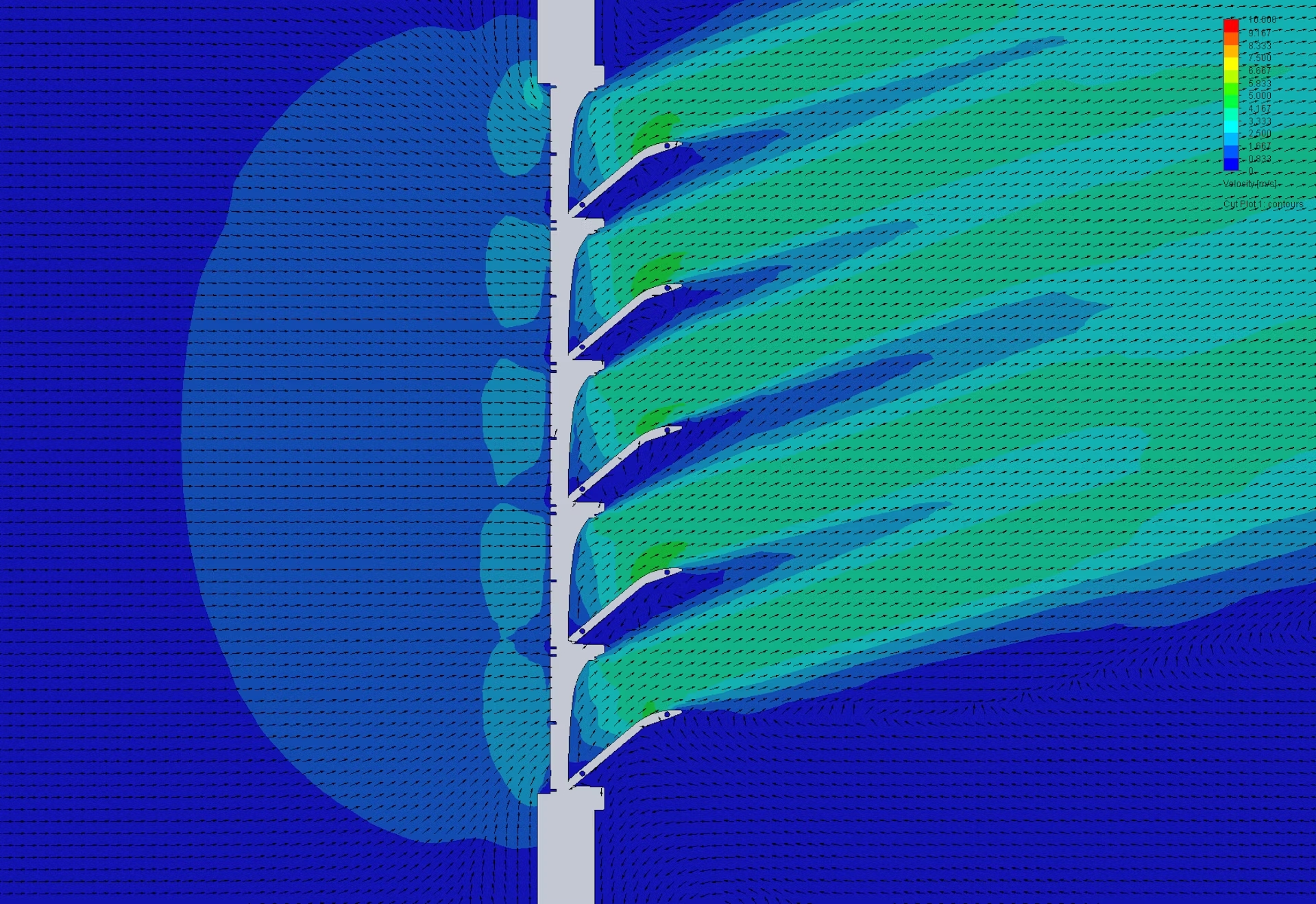BLC 4000 Ceiling air inlet (discontinued)
Horizontal ceiling inlet (discontinued)
Single and double Twin inlet shaft (discontinued)
Flash 3300 ventilation slide
X-Stream wall inlet
BL 4500 wall inlet
BL 6200 wall inlet
Air Optimizer
Flash BP wall inlet (discontinued)
4-Seasons (discontinued)
Twin wall inlet (discontinued)







